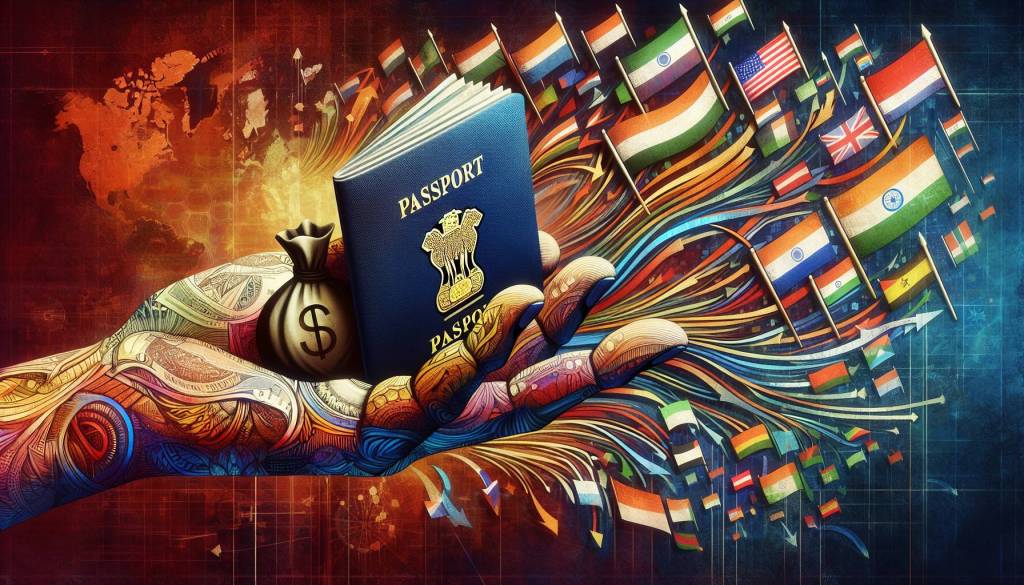David Sifry, who is the founder of Technorati, used to always make a “State of the Blogosphere” report. These reports would analyze the amount of blogs being tracked on Technorati (a blog search and ranking system) and other metrics, including how many posts per minute. Relative to when he last did on in April 2007, I believe we are getting closer to 100 million blogs. Since today is the first day after my 1 year anniversary in personal branding, I want to start a “Schawbel Report,” which explains the current state of personal branding worldwide. There will be less hard metrics and more quotes and analysis that I will pull together over a period of time. If you discover something interested, I will also include it in these posts.
Why are you doing this? I already keep a pulse on all news concerning personal branding and related topics and want to share it with you. Also, I think it’s important to review the current status of the adoption and success of personal branding across the world.
Let’s get started.
– eBranding for applicants
- “One of the best candidates we’ve ever seen had her own website [and] was all about personal branding. At New Year’s the candidate distributed personalized cards with her photo along with her business card. The website listed her professional accomplishments and let potential employers see the image she wanted them to see.”Lynne Perry-Reid, co-founder of post-secondary recruitment and placement firm Corporate Connections
- About 30 to 40 percent of the resumes Taylor’s department gets have some sort of Web link, and he says clients are clicking on those links.
Dion Taylor, Account manager at Technisource, a Fort Lauderdale, Fla., recruiting firm.
– Online Recruiting: Social networks
- “One senior executive at a major pipeline company uses Facebook to give colleagues updates about work, and that demonstrates an effective use of developing a positive brand image. People that are really conscious of this and aware of it are going to be able to use that to their advantage. It’s up to each individual to decide how the increasing number of headhunters searching places such as Facebook and MySpace will perceive your online presence. In any case, job hunters should be aware the anonymity formerly associated with the online world is no longer. The whole online persona or brand . . . is going to be a very important influence on how you’re perceived and experienced by the marketplace.”
Jeff Aplin, David Aplin Recruiting
- “India is one of LinkedIn’s largest and fastest-growing countries, and recruitment plays a big role in that. Social networking sites are quite useful on a global basis. I heard of one Indian company which used LinkedIn to target candidates in Singapore who might be interested in coming back to India for senior level roles.”
Elisabeth O’Donnell, International Director, LinkedIn - “Recent statistics from BRMB Internet Monitor show that there are now 12 million people using the internet to find jobs in the UK alone. NORAS figures also tell us that online recruitment is increasingly successful, with 56% of online job seekers getting a job via the internet in 2007, compared with 44% in 2004. Online advertising revenues for the sector overtook those of national press in 2005 according to the Advertising Association, and are expected to overtake trade press imminently.”
Armando Ruffini, Co-Founder & CEO of Zubka - “Social networking sites would be a key differentiator in the recruitment market. All corporates can pay a subscription fee and get access to Naukri, JobsAhead or Monster to access the candidate database. The ability to tap passive job seekers through the Internet is a skill and would be a key differentiator in the coming years.”
Rajesh A R, Vice-president, TeamLease Services - “We have a separate team of recruiters who scan blogs, websites such as LinkedIn and Facebook for hiring. We use social media to recruit more than 100 people a month. Over the next two years, one-third of our total recruitment will come from social media.”
Ravishankar B of HCL Global, Head – Resource Management group
- 44 percent of employers are logging on to sites like MySpace and Facebook to examine the profiles of job candidates, and 39 percent have looked up the profile of a current employee.
November 2007 Survey by Career Media Company Vault
– Personal branding in classrooms
- The Japanese will start teaching students about personal branding. “The good thing about personal branding is that everybody is different. Every personality, every skill set is different. Merely being different can be a strength. That is the starting point of personal branding. Of course, you have to see that difference as a positive and a strong point about yourself. Your job is to identify what your strengths and your interests are, you cannot build your own personal brand and cannot expect others to find your own personal brand. It’s your responsibility.”
Yoneyuki Sugita, Professor, Osaka University Japan
– Workplace Shortage
- One-fifth of this country’s large, established companies will be losing 40 percent or more of their top-level talent in the next five years. By 2008 the number of young adult workers, from 25 to 40 year olds, will decline by 1.7 million overturning a historic growth rate from 54 percent to 3 percent in the next 20 years. By 2010, the U.S. will face a 10 million workforce shortage and an unemployment rate of just 2 percent.
The Bureau of Labor Statistics & The Development Dimensions International
Sources: The Providence (Canada), Express Computer (India), Miami Herald (US), ZDNet (US), WAT Blog (India), Mainichi Daily News (Japan), OnRec.com (UK)












